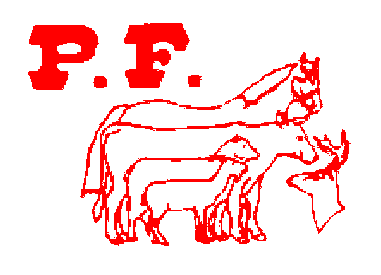Microbial growth is directly related to available carbohydrates, where as proteins, such as amino acids and peptides, act as multipliers of growth. The higher the carbohydrate energy the higher the protein requirement becomes to efficiently utilize that energy. Low concentrations of added amino acids easily stimulate microbial growth enough to produce more protein than was added to the cultures, whereas higher concentrations of amino acids and peptides would produce higher microbial yields but could be inefficient, as less microbial protein would be synthesized than was added.
Growth of mixed Rumania bacteria is a linear function of carbohydrate fermented, but is greatly stimulated by peptides and amino acids, which act as multiplying factors to microbial growth. Bacterial affinity for peptides and amino acids is such that these organisms use these substrates very efficiently at low concentrations normally found in rumen fluid. Stimulation of growth by amino acids is a general phenomenon, which depends more on how many different amino acids are available to the bacteria in a given mixture than on specific growth limiting amino acids.
*Taken from – “Effects of Amino Acids and Peptides on Rumen Growth Yields” by Argyle and Baldwin
The recycling of N compounds in the ruminant is substantial and high variable. The endogenous protein return to the gastrointestinal tract is estimated to recycle amounts of amino acids at rates at least equal to, and often greater than, amounts derived from feed sources.
Endogenous urea recycling at all levels of the gastrointestinal tract can add variable amounts of N to the digests, with urea degradation in the tract at 25 – 900 % of the daily urinary N excretion. This contributes to the animals protein economy only if converted to microbial protein in the rumen. The urea can enter the rumen via the animals saliva or directly through the rumen wall by way of the circulatory system.
*Taken from – “Regulation of Metabolism and Recycling” by Egan, Boda, and Varady
With animals efficiencies shown above you can further add the timing of the protein intake and double it’s activity (X – 2). You could easily double the proteins effectiveness again with the application of the proper balance proteins and taking advantage of using combinations of soluble, insoluble, fermentable, by-pass and denatured proteins. When you include minerals, you have hit on the most lacking essential nutrients. Further, by using the ALL-IN-ONE you have included both the host and the bacteria; neither one is first — THEY ARE BOTH INCLUDED.

